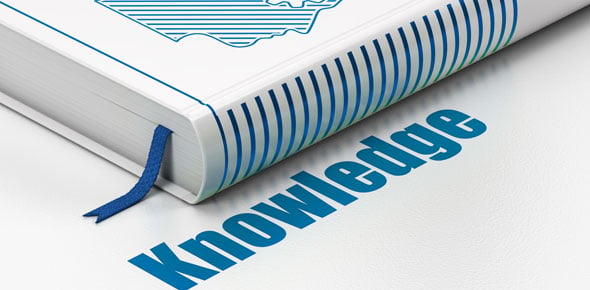Online Test-8 General Awareness (Banks)
20 Questions
| Attempts: 222
2.
You may optionally provide this to label your report, leaderboard, or certificate.
×
Thank you for your feedback!
















